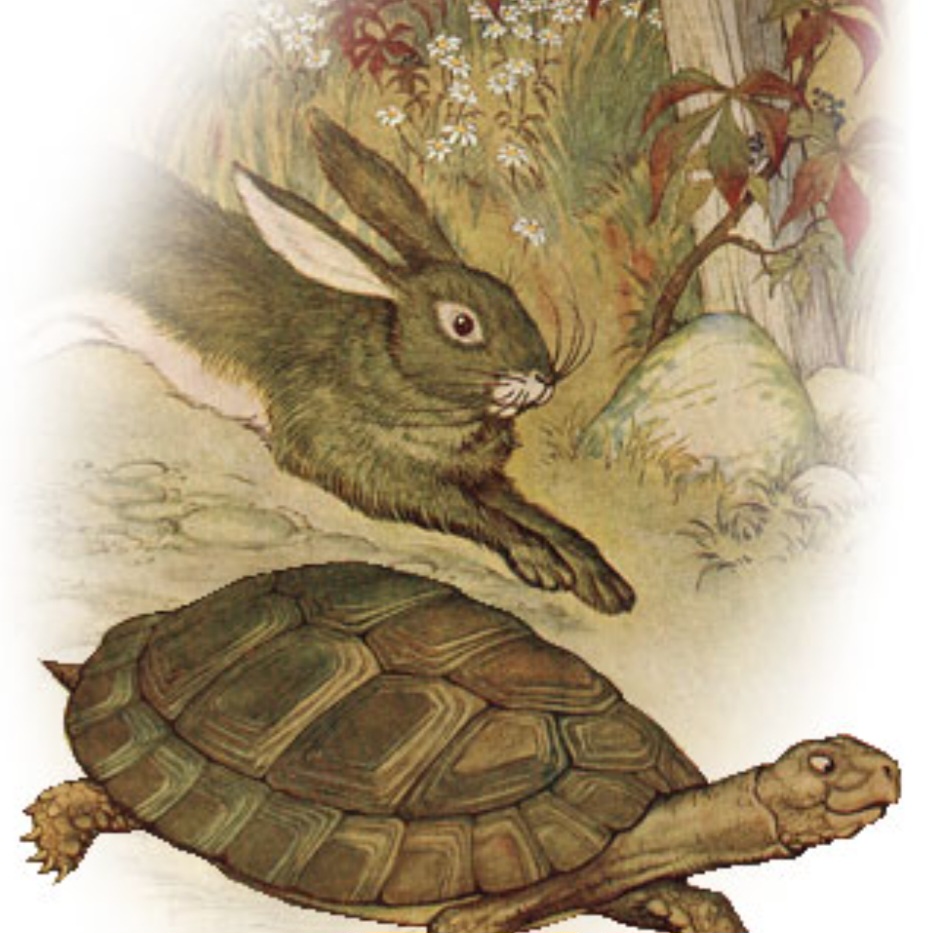Is there a magic point where a brisk walk turns into a light jog. I think such information would be interesting when you’re trying to classify an activity as either a run or a walk.
In fact this question has been studied to determine the point at which it feels easier and uses less energy to run, rather than walk.
According to this study, runners find it easier to run, rather than walk, when they are moving faster than 7.42 km/hr. However, from an actual energy efficiency perspective, the transition point increases to 7.9 km/h before running becomes more efficient than walking
So there it is,
If you’re moving slower than a pace of 7:36 min/km, then you are walking, not running.
If you’re moving slower than a pace of 7:36 min/km, then you are walking, not running.
That is all very fine when one is moving on a flat course.

However, running or walking in the mountains is another story. So to find an equivalent transition pace, I borrow the notion of km-effort from the International Trail Running Association (ITRA) to calculate an equivalent race.
They measure distance as a combination of distance and vertical gain to calculate an equivalent distance, as follows:
km-effort = distance (km) + ascent (m) / 100.
km-effort = distance (km) + ascent (m) / 100.
For example, a popular Irish mountain race, the Wicklow Way Ultra, is 127 km with 4400m of ascent with a cutoff time of 21 hours for the slowest runners.
Now 127 km with 4400m ascent would be the equivalent of 171 km-effort, giving a flat pace of 7:22/km, which is only 14s/km faster than what would be considered walking.
So there you have it, the transition point where walking becomes running is a pace of 7:36 min/km, and remember if you are in the mountains, use km-effort to calculate the pace instead.
.

